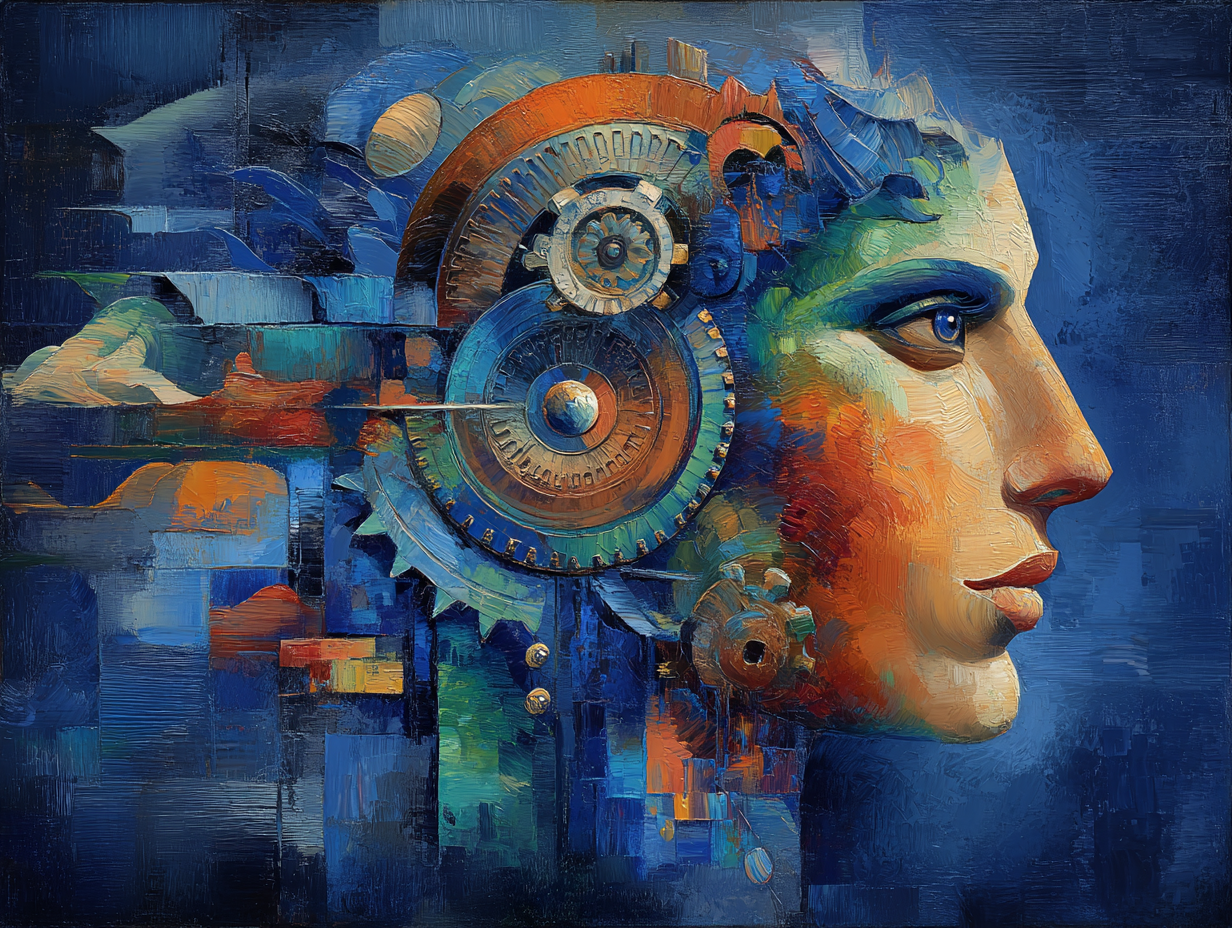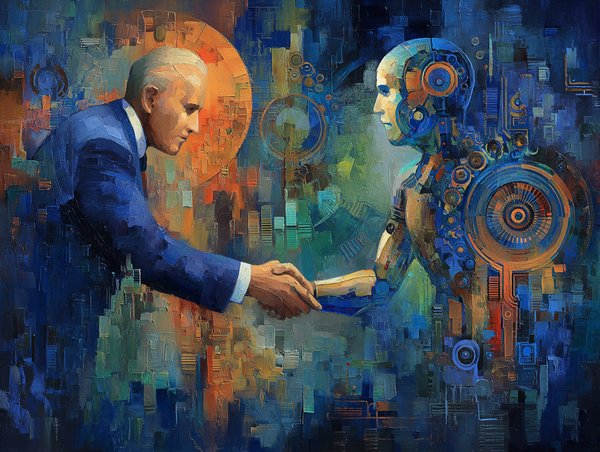How We Got Here: AI in Recruitment from Resume Scanners to ChatGPT-Powered Coaching
While Artificial Intelligence (AI) isn’t new in the recruitment process its role has dramatically evolved over the last two decades.

Why This History Matters
While Artificial Intelligence (AI) isn’t new in the recruitment process its role has dramatically evolved over the last two decades. Understanding this evolution can help you leverage today's AI job search tools wisely, without falling into the trap of generic, lifeless content that blends in instead of standing out.
Whether you're new to AI or already experimenting with ChatGPT and other large language models (LLMs), knowing how we got here helps you determine how to move forward.
Phase 1: Early Automation (Late 1990s – 2010)
The first wave of AI in hiring wasn't "smart" in the way we think of today. Although automated, early AI tools like resume parsers and basic applicant tracking systems (ATS) scanned resumes for keywords. They weren't nuanced, and they often filtered out highly qualified candidates for missing one or two magic words. And the advice you were likely given about them tended to be one-size-fit-all. The obsession with matching keywords started here and it is still relevant. But today, nuance and strategy matter more.
Phase 2: Predictive Analytics & Algorithms (2010 – 2020)
By 2010, AI had evolved to support predictive hiring. Companies started using data-driven models to forecast candidate success based on experience, education, and even personality traits. Video interview software emerged that analyzed facial expressions, tone of voice, and speech patterns. Unfortunately, these early systems sometimes lacked transparency, revealed biases in the algorithms used, and threw up ethical red flags for how the resulting data was used.
For job seekers, this emerging technology underscored the fact that human-centered resumes still mattered, and that more strategic effort was required to “pass” human and AI reviews.
Phase 3: Generative AI Goes Public (2022 – Present)
With the release of tools like ChatGPT beginning in 2022, the job search process changed almost overnight. Job seekers could apparently now draft resumes and cover letters instantly, produce LinkedIn summaries based on personal data, and create mock interview questions and suggested responses.
In other words, this new era yielded the potential for both accessibility and personalization in the job hunt, but it also increased the risk of sameness when myriad job seekers employ the same generic prompts. On the one hand, job seekers could now craft more polished first drafts, practice interview scenarios on demand, and even brainstorm personal brand statements with the help of ChatGPT, Gemini, or Microsoft CoPilot.
On the other hand, these early AI advantages have been plagued with numerous problems:
- Generic prompts that create generic documents.
- Using different LLMs can inject multiple “voices” into content, which in turn makes your varied career documents sound as if they were written by different people (because they were).
- Without ethical guardrails and strategic prompts, it’s possible for AI to inadvertently misrepresent your skills, experience, and credentials.
- Some LLMs include a hidden code in their output which some employers can “read,” outing your resume as AI written.
Actionable Tips: How to Navigate AI in Your Job Search Today
- Use AI as a collaborator, not a ghostwriter. It’s fine to start out with AI-drafted content, but make sure you infuse your documents with your unique voice, use of language, and insights.
- Train your AI. Take the time to feed your favorite AI with personalized context (your goals, strengths, industry knowledge, assessments, performance evaluations, and so on) to get more strategic output. The more an AI knows about you, the more it can help you.
- Compare and contrast. Don’t over rely on one AI, however powerful, with all your job search and career-related chats. Run your AI-assisted resume through a traditional ATS tool (like Jobscan) and edit accordingly. Or try asking more than one AI for the same information and then combine the best of both.
- Refresh prompts regularly. Prompt engineering is constantly changing, so it’s vital to avoid cookie-cutter results by iterating how you ask. Follow best-in-class current prompting guidelines to iterate rather than rush to wrap up in one fell swoop.
- Stay ethical. It’s always been true that cheating on resumes carries a huge risk. Don't outsource your story. Instead, use AI to clarify, not fabricate or embellish. Be your own best strategist.
Final Thoughts: The Human Advantage
AI is here to stay in the hiring world, but the candidates who will stand out are those who learn how to partner with it rather than rely on it blindly. Doing so will not only help your job search and strengthen your career prospects; it will also endear you to employers who want savvy and strategic partners to collaborate with their AI systems.
These tools are powerful, but your voice is irreplaceable. Use it.



